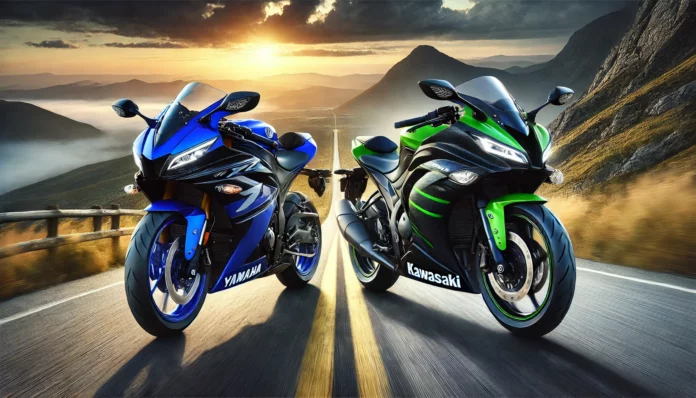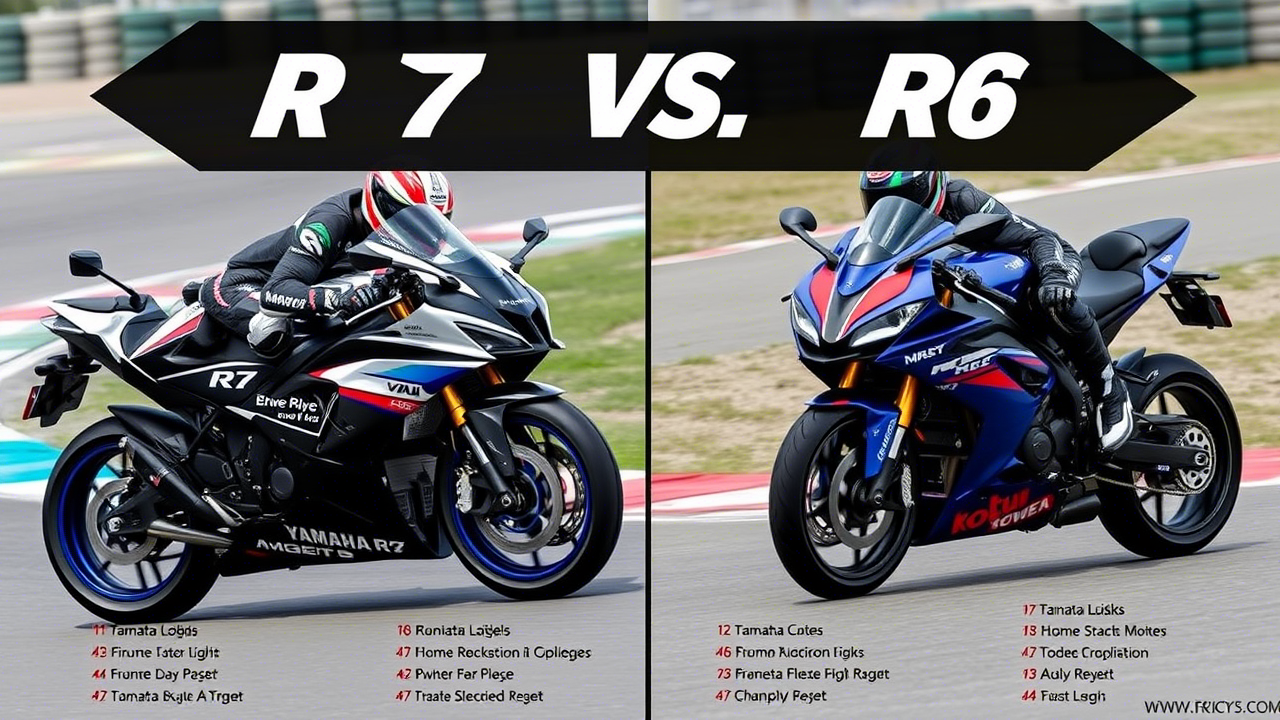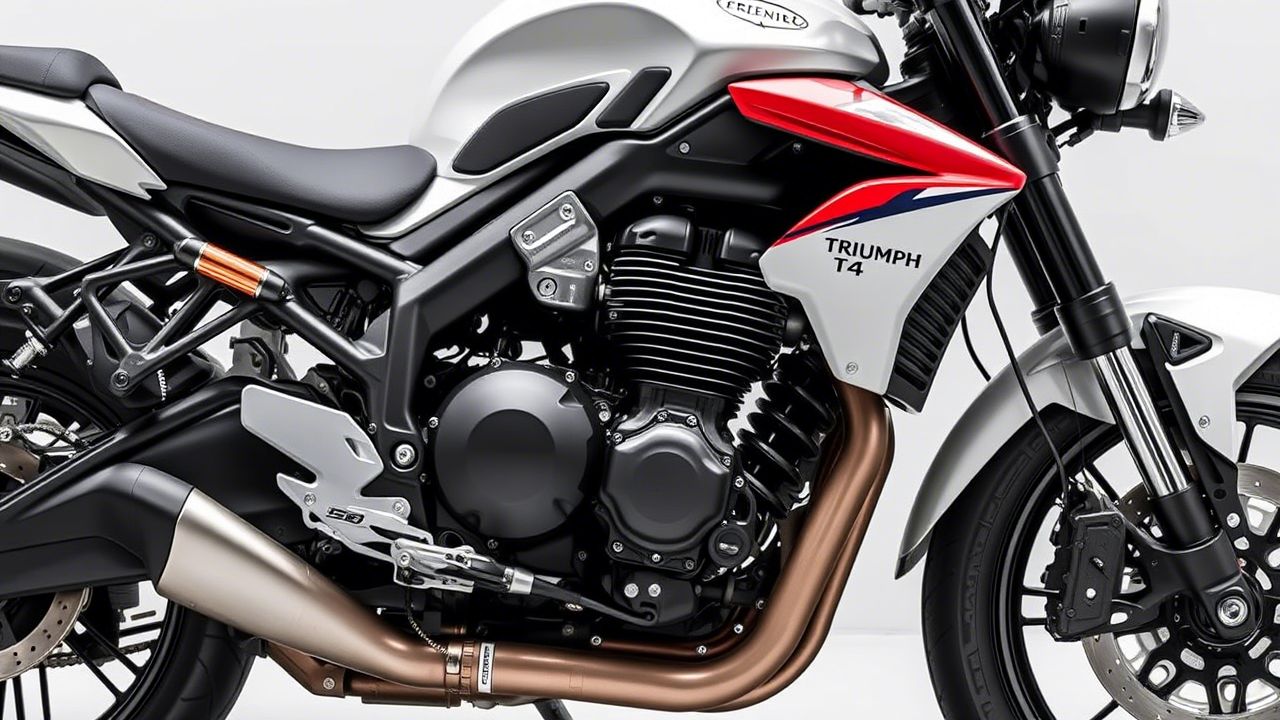For beginner riders and entry-level sportbike enthusiasts, two motorcycles consistently stand out: the Yamaha YZF-R3 and the Kawasaki Ninja 400. Both bikes offer an excellent balance of performance, style, and affordability, but which one is the better choice in 2025? In this comparison, we’ll break down their key differences in performance, design, technology, and pricing to determine the ultimate winner.
Engine & Performance
| Feature | Yamaha YZF-R3 | Kawasaki Ninja 400 |
|---|---|---|
| Engine | 321cc parallel-twin | 399cc parallel-twin |
| Power Output | ~42 HP @ 10,750 RPM | ~49 HP @ 10,000 RPM |
| Torque | 29.5 Nm @ 9,000 RPM | 38 Nm @ 8,000 RPM |
| Transmission | 6-speed manual | 6-speed manual |
| Weight (Wet) | 375 lbs | 366 lbs |
The Kawasaki Ninja 400 has a clear advantage in power, with its 399cc engine producing around 49 HP—notably more than the 42 HP of the Yamaha YZF-R3. This gives the Ninja 400 a faster acceleration and stronger mid-range pull, making it more suitable for riders who want a bit more speed. However, the YZF-R3 offers a smoother power delivery, making it a great choice for new riders still developing their throttle control skills.
Handling & Ride Comfort
- Yamaha YZF-R3: Lighter weight, sportier ergonomics, and KYB inverted front forks contribute to precise handling. The slightly lower seat height (30.7 inches) makes it easier to manage for shorter riders.
- Kawasaki Ninja 400: Slightly heavier but better low-end torque, making it more comfortable for everyday street riding. Its taller seat height (30.9 inches) might be less beginner-friendly for shorter riders.
Technology & Features
| Feature | Yamaha YZF-R3 | Kawasaki Ninja 400 |
|---|---|---|
| Instrument Display | TFT Digital | TFT Digital |
| ABS | Standard | Standard |
| Riding Modes | Yes | No |
| LED Lighting | Yes | Yes |
| Bluetooth Connectivity | Yes | No |
The YZF-R3 wins in tech features, offering riding modes and Bluetooth connectivity, while the Ninja 400 sticks to a more basic setup without adjustable riding modes.
Fuel Efficiency & Cost of Ownership
- Yamaha YZF-R3: Approx. 56 MPG, making it one of the most fuel-efficient sportbikes.
- Kawasaki Ninja 400: Approx. 50 MPG, slightly less efficient due to the larger engine.
- Maintenance Costs: Both bikes have low maintenance costs, but the Ninja 400’s larger engine may require slightly more upkeep over time.
Pricing & Value
- Yamaha YZF-R3 (2025): Starting at $5,599
- Kawasaki Ninja 400 (2025): Starting at $5,899
While the price difference is minimal, the YZF-R3 remains slightly more affordable and offers better fuel efficiency, making it a great budget-friendly option.
Final Verdict: Which One Wins?
| Category | Winner |
|---|---|
| Power & Speed | Kawasaki Ninja 400 |
| Handling & Comfort | Yamaha YZF-R3 |
| Technology & Features | Yamaha YZF-R3 |
| Fuel Efficiency | Yamaha YZF-R3 |
| Value for Money | Yamaha YZF-R3 |
Final Winner: Yamaha YZF-R3 🎉
While the Kawasaki Ninja 400 is the better choice for riders who want more power, the Yamaha YZF-R3 wins overall due to its lightweight design, rider-friendly ergonomics, better fuel efficiency, and advanced features. It’s the best choice for beginners and budget-conscious riders looking for an exciting yet manageable sportbike.
Which one would you choose? Let us know in the comments!










